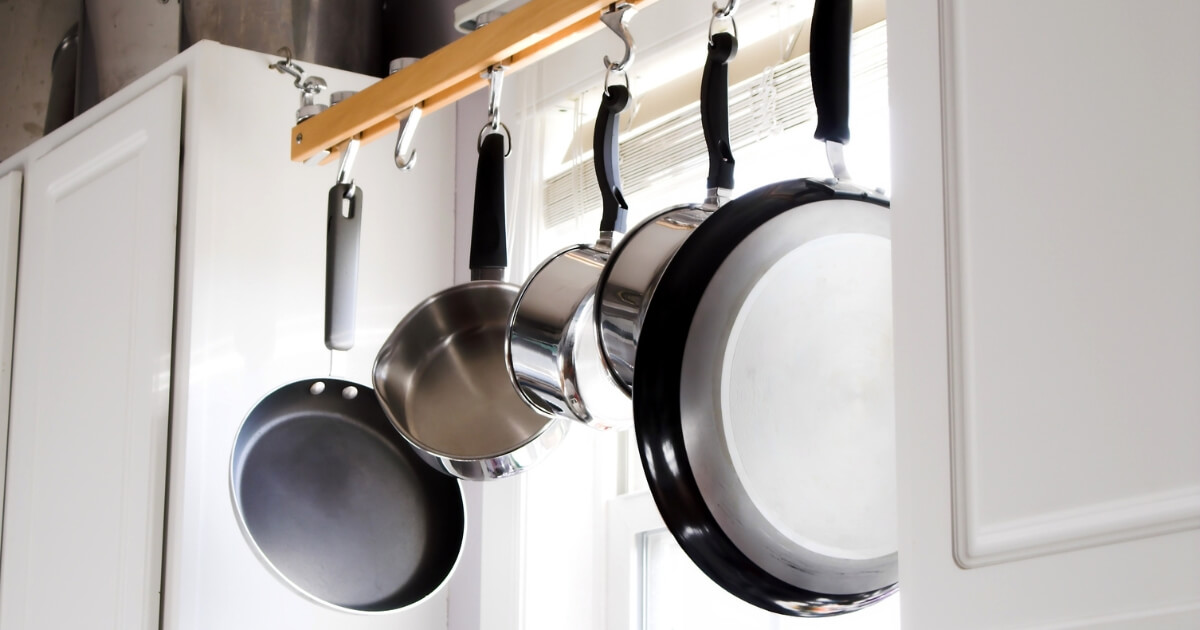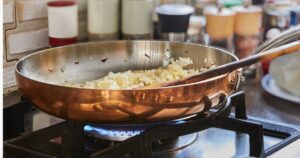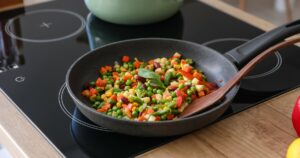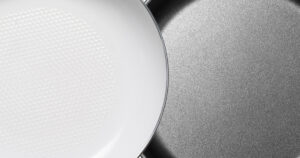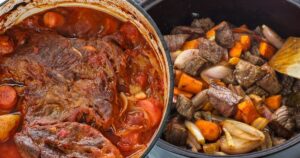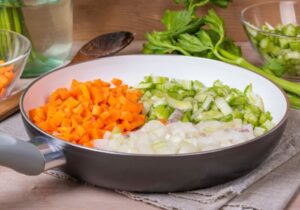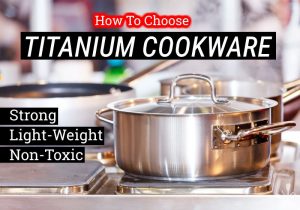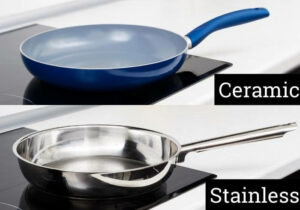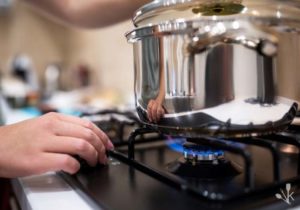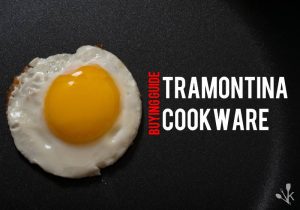This collection of cookware guides is your go-to spot for all things pots and pans! Here at KitchenSanity, we guide you through selecting the perfect cookware, offering insights on everything from materials to brand choices.
As you explore, our How-To Guides provide practical advice for everyday use, while our Maintenance & Care section helps ensure your cookware lasts as long as possible.
Whether you’re a beginner or a seasoned home chef, these guides are carefully chosen to help you make informed choices and get the most out of your cookware.
Cookware Buying Guides
Finding the best cookware set for your kitchen should be easy, but I know it’s challenging. Here, you can explore sets by type, each with unique features suited to different cooking styles, budgets, and other needs.
Sets By Type
- Induction Cookware: Designed with a magnetic base to work with induction cooktops, offering efficient and rapid heating.
- Stainless Steel Cookware: Durable and resistant to rust and corrosion, ideal for a variety of cooking techniques, and known for its sleek appearance.
- Carbon Steel Cookware: Combines the heat retention of cast iron with a lighter weight, ideal for high-temperature cooking and developing a natural nonstick surface over time.
- Nonstick Cookware: Features a coated surface that prevents food from sticking. They’re easy to clean and ideal for low-fat cooking.
- Ceramic Cookware Sets: Offer a non-toxic, nonstick surface and are known for their even heat distribution and colorful designs.
- Copper Cookware: Excellent for precise temperature control, known for its superior heat conductivity and distinctive appearance.
- Titanium Cookware: Lightweight yet strong, resistant to scratching and warping, and often used for its non-reactive properties.
- Cast Iron Cookware: Known for its exceptional heat retention and distribution. Cast Iron is perfect for searing, frying, and long cooking processes and gets better with age.
You may also be interested in cookware for glass stove tops and cookware for gas stoves.
Single Reviews
- Original Green Pan Review
- Granite Stone Pan Review
- Red Copper Pan Reviews
- Cuisinart Multiclad Pro Review
Brand Guides
- Staub vs. Le Creuset
- All-Clad Copper Core Review
- Le Creuset Cookware
- Belgique Cookware
- Gotham Steel Cookware
- Emeril Lagasse Cookware
- Is Anolon Cookware Good?
How-To Guides
Perfect for both newbies and seasoned cooks, our step-by-step instructions ensure you get the most out of your cookware.
- How To Use Non-Induction Cookware On Induction Cooktop
- How To Season A Nonstick Pan
- How To Season A Dutch Oven
- How To Store Pots & Pans
Maintenance & Care Guides
Learn how to clean and care for various types of cookware, from stainless steel to copper and ceramic. These guides offer essential care tips tailored to each material. Keep your cookware looking and performing like new with our expert advice.
Troubleshooting Guides
Use & Safety Guides
These guides emphasize the importance of safety in the kitchen, covering everything from oven-safe cookware usage to understanding the health implications of different materials like ceramic and Teflon. Learn the dos and don’ts to prevent accidents and maintain a safe cooking environment.

